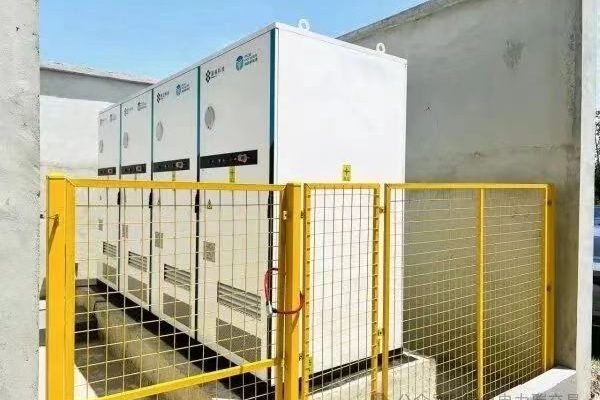Currency as a Trade Lever
In global energy storage system (ESS) exports, currency choice is more than a financial detail—it can shape buyer trust, reduce risks, and even impact competitiveness. Some exporters provide multi-currency quotations (e.g., USD, EUR, GBP, CNY) to appeal to a wider buyer base. But is this always beneficial? Let’s explore the pros and cons.
1. Advantages of Multi-Currency Quotations
1.1 Buyer Convenience
- Buyers can compare costs directly in their local or preferred currency.
- Reduces hesitation caused by exchange rate uncertainty.
1.2 Broader Market Reach
- Increases accessibility for buyers in regions where USD is not the main trading currency.
- Signals exporter flexibility and global readiness.
1.3 Competitive Advantage
- Standing out among competitors who only quote in USD.
- Can create a perception of stability and financial strength.
1.4 Faster Decision-Making
- Buyers avoid the extra step of converting exchange rates.
- Shortens sales cycles in competitive tenders.
2. Disadvantages of Multi-Currency Quotations
2.1 Exchange Rate Risk
- If not properly hedged, exporters may face losses from currency fluctuations.
- Currency volatility is especially risky in long validity quotations.
2.2 Administrative Complexity
- Managing multiple currencies requires updated accounting systems.
- Increases complexity in invoicing, auditing, and tax compliance.
2.3 Buyer Perceptions
- If exchange rates shift, buyers may feel quotations were unfair.
- Can trigger disputes if not clearly tied to market exchange rates.
2.4 Margin Erosion
- Offering fixed prices in weaker currencies without a buffer can reduce profitability.
3. Strategic Use of Multi-Currency Quotations
3.1 Link to Exchange Rates
State that prices are based on a specific exchange rate at the quotation date, subject to adjustment at order confirmation.
3.2 Limit the Scope
Offer multi-currency options only to major markets (e.g., USD for global, EUR for Europe, GBP for UK).
3.3 Build Risk Buffers
Add a margin (2–3%) in quotations to cover minor exchange rate fluctuations.
3.4 Use Hedging Tools
Collaborate with banks or financial service providers for forward contracts or currency insurance.
4. Regional Buyer Preferences
- Europe: Many buyers prefer EUR to avoid conversion risks.
- UK: GBP quotations show attentiveness but USD is still widely accepted.
- Middle East & Africa: USD dominates, but some government projects prefer local currencies.
- Asia-Pacific: USD remains standard, though JPY, AUD, and CNY are occasionally requested.
Balancing Opportunity and Risk
Multi-currency quotations can improve buyer convenience, widen market reach, and strengthen competitiveness, but they also introduce risks tied to exchange rates and financial complexity. Exporters should adopt multi-currency strategies selectively, supported by clear terms and financial safeguards. When managed carefully, multi-currency quotations become a tool to win deals without compromising profitability.









